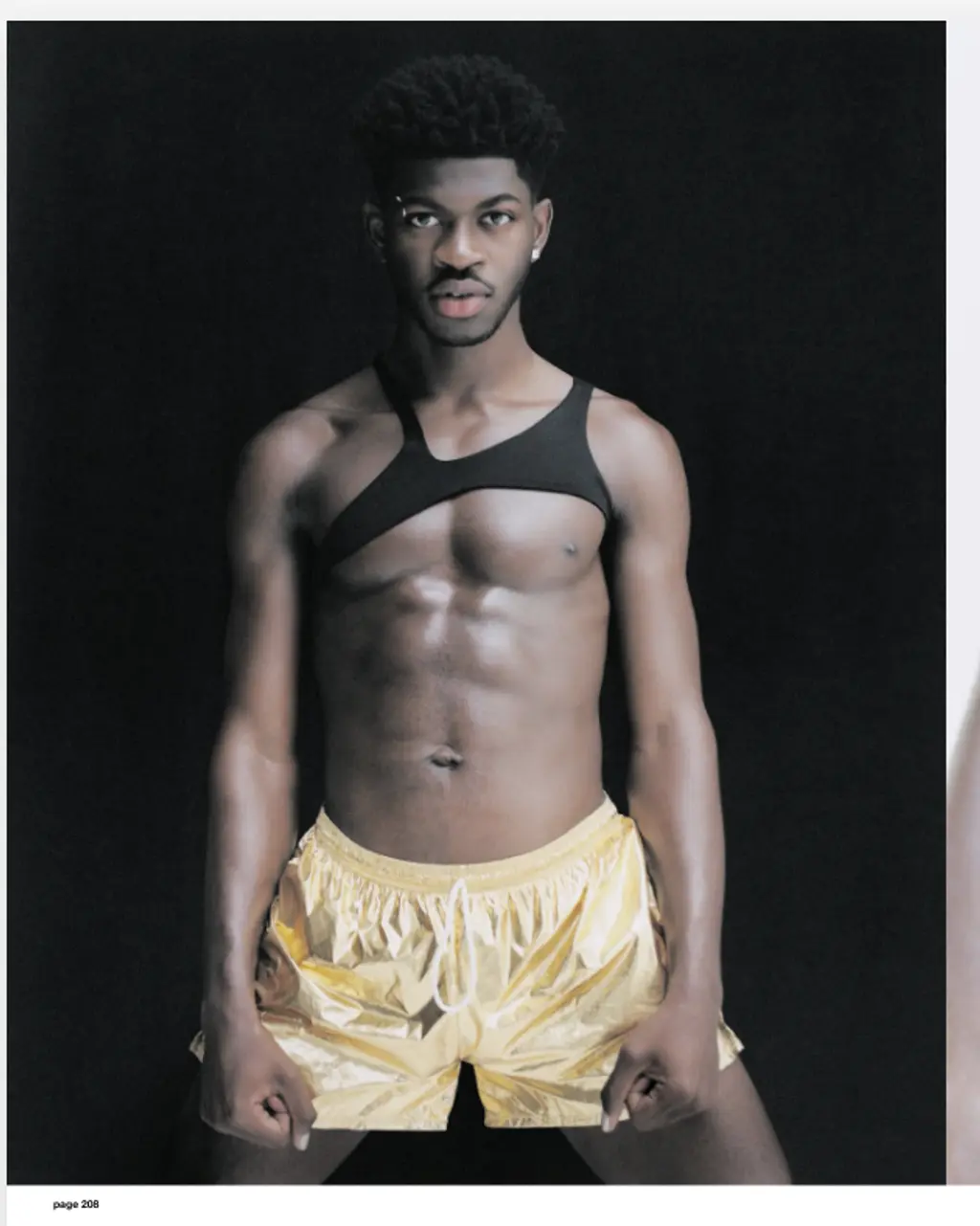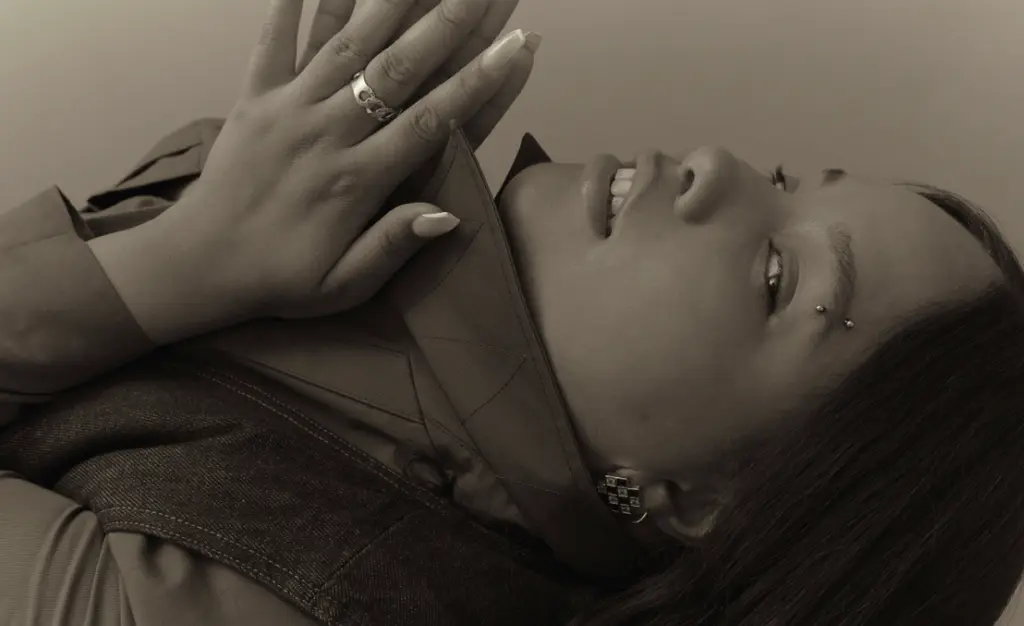PunkPerfectAwful: a decade and a bit of Beat magazine

Photography: Clare Shilland
Since 2010, Beat has blended music genres with a punk ethos and a Mystic Meg eye for emerging talent.
After over a decade in the game, irreverent east London-based music magazine Beat has released PunkPerfectAwful, a book looking back at its greatest hits. On the front cover, typed out in a small, humble font, reads: “the little magazine that could… and did”.
And, well, it really did. Like a lot of big, creative ideas, Beat started life in a basement. The year was 2010, Dalston was still relatively affordable and, on the shelves of corner shops, there was a gaping hole ready to be filled by a music publication that hit all the right notes: funny, contemporary and inclusive – not only of genres, but also steering away from the white blokes in skinny jeans that other music mags were featuring at the time.
So, founder Hanna Hanra threw all that into a blender with a generous scoop of top-notch interviews and a slick design that referenced DIY ‘70s punk zines, and Beat’s first issue was born. Its cover stars: Emily Kokal and Theresa Wayman of LA indie band Warpaint stood head-to-head in a shot by Clare Shilland. It may have been black and white, but beyond the cover was a technicolour explosion of features involving a crimson-haired Ariel Pink, Nick Cave’s short-lived band Grinderman, now-split Mancunian band Egyptian Hip Hop (remember them?) and the seriously straight-faced These New Puritans.
But that was just the beginning. From that fateful first issue, Beat went on to feature stars big and bigger: The xx shot by Alasdair McLellan in 2012, Shygirl in 2019 (before she was out touring the world) and a pre-devil grinding Lil Nas X in 2021.
But Beat’s all-access pass truly arrived in 2015, when Beyoncé fronted its October issue, stood in front of a US flag, for her first interview in two years. Vogue had also featured her on its coveted September cover that year, but Queen B reserved her revelations for Beat. Turns out her favourite pizza topping is extra tomato sauce and jalapeños, and she sings Holy Ghost by Kim Burrell in the shower.
For over a decade, Beat’s been the party where everyone’s invited. Democratically priced at £0, while featuring something for metalheads, hip-hop fans, punks, ravers and even the snobbiest gig-goers, it has continued to transcend the “if you know, you know” insider scoops of rival music mags.
And it’s always delivered with a wink and nudge, for a guaranteed good time. To celebrate the big book launch, we caught up with Hanna Hanra, the woman who started it all.

Photography: Felix Cooper

Photography: Liam Warwick
Hey, Hanna. Let’s start with the title: PunkPerfectAwful. How did you land on that?
It’s from a Hole song [Awful, 1998]. It just seemed to fit the trajectory of absolutely everything. And it was a nod to a friend of mine who was in a show many moons ago with the same name. It fit quite nicely.
Why did you start Beat in the first place?
I find it really boring when you go to clubs and everyone’s pretending that they’re too cool to listen to Mariah Carey or whatever. A great DJ has to be able to find tension between two tracks, whether that’s playing six tracks back to back, all the same tempo and sonic categories, and then you drop something in that is unexpected. That’s what the magazine is about.
You’ve had over a decade of stellar Beat content to sift through for the book. What have been some of your highlights?
There were definitely moments that, looking back, I had been less connected to in that moment. I almost forgot that we had done a whole Spice Girls special!
Beat has always retained a punk ethos. It’s in the book title, after all. What does being punk look like these days?
Subcultures don’t have that same time to expand, grow and form as they used to. Punk ideology was all about mutual aid and standing against class and classism and supporting each other rather than “the man”. The girls who are doing Just Stop Oil, you could say they are punk. Punk was about racial equality and anti-sexism. We’re still talking about those things. It might look different and wear different clothing, but I think that spirit is carried through in a lot of young people at the moment.
“Putting Beyoncé on the cover was a pretty punk move”
Do you think subcultures still exist?
Well, I mean, they don’t exist in the way that they used to exist, where it was way more tribal [in terms of] whether you were a mod or a rocker, or a Smiths fan or Joy Division fan. Nowadays, people are a lot more open and amenable to love Olivia Rodrigo and, let’s say, Dev Hynes – there’s a lot less snobbishness about music in that way.
What’s the most punk thing Beat has done in its decade and a bit?
Putting Beyoncé on the cover was a pretty punk move – and her wearing a swimming costume with our name [printed across] it. Also getting Sue Webster to go watch Kraftwerk, but we didn’t have a ticket for her so she hid in the toilets before they came on.

Photography: Frank Lebon
You’ve discovered some pretty fine music talent over the years. Who’s on your playlist at the moment?
I always feel like I’m behind everyone. I also feel like we haven’t done anyone brand-spanking new for a while… The Last Dinner Party are incredible, I think they’ll do really well. They’re a group of five girls – I saw them play a year ago and I was blown away.
What kind of student would Beat be, if it were in school?
I think it would be chill, friends with everyone.
Have you got any advice for readers wanting to do what you did, from the basement in Dalston?
No one knows you better than you do, so stick to your guns. If you’re confident about what you do, then it’s a good decision.
The little magazine that could… and did. Sums it up pretty well, huh?
That was from The New York Times when Beyoncé was on our cover, actually…
Ha. Cheers, Hanna!



